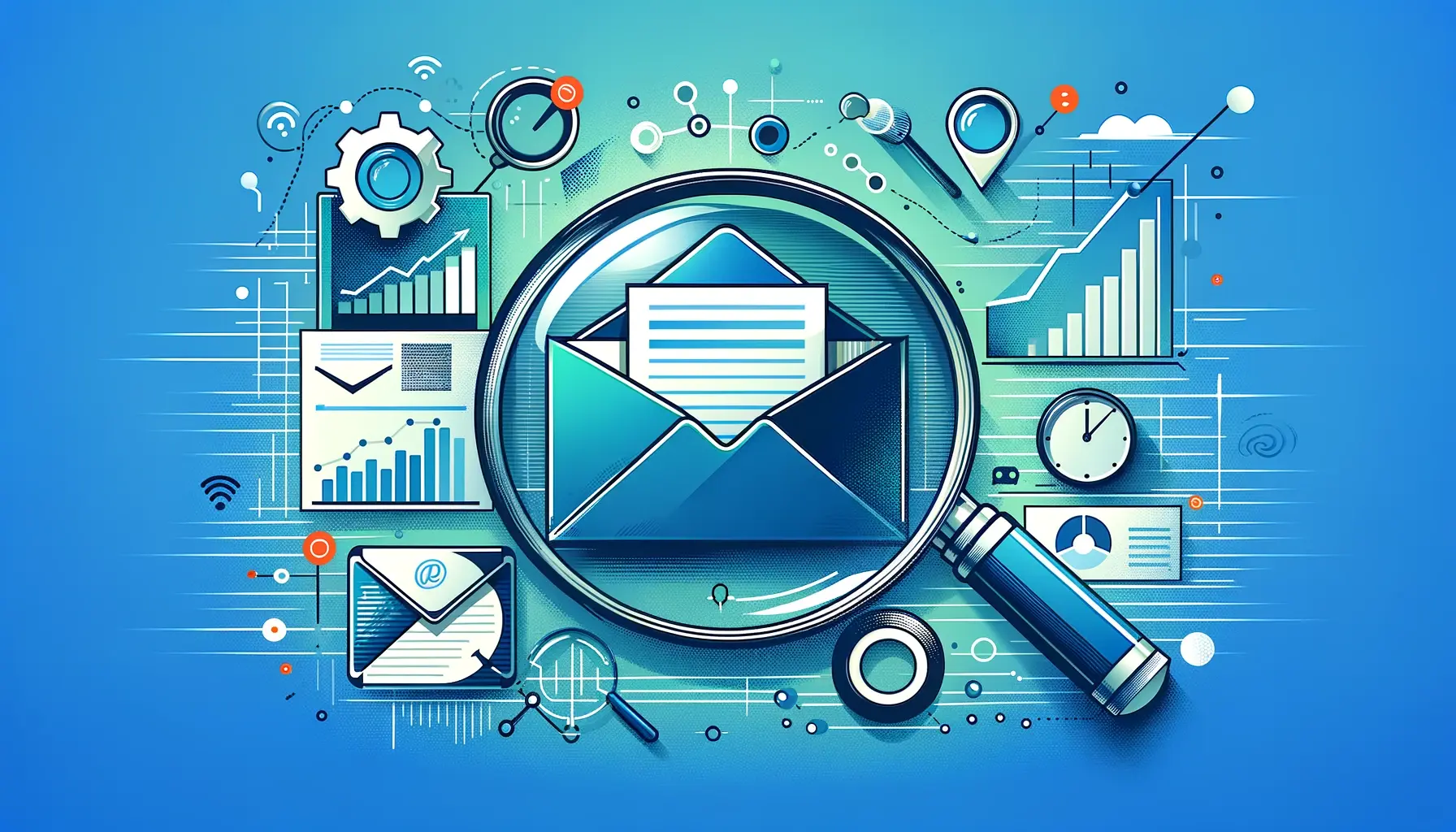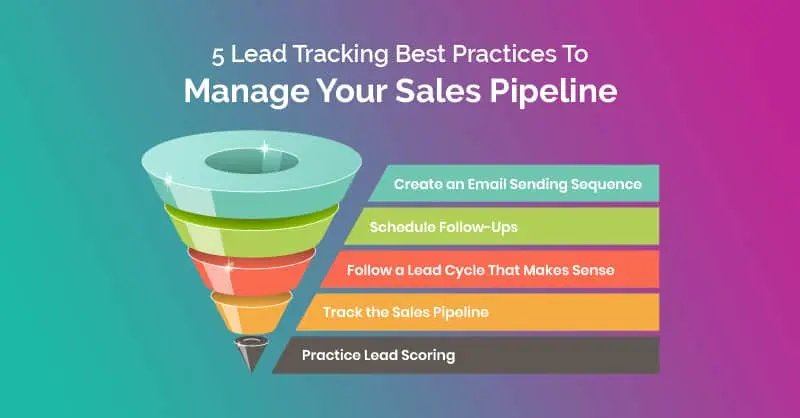Unlocking Insights: Effective Strategies for Email Tracking

In the digital era, email remains a cornerstone of business communication and marketing. Understanding how to track emails effectively can transform your strategy, offering critical insights into customer behavior and campaign effectiveness. This blog post explores the best practices in email tracking, ensuring you leverage these insights to foster stronger relationships and drive success.
- What is Email Tracking?
- The Fundamentals of Effective Email Tracking
- Email Tracking Best Practices
- Advanced Email Tracking Techniques
- Common Challenges in Email Tracking
- FAQs on Email Tracking Best Practices
- Conclusion
What is Email Tracking?
Email tracking involves monitoring sent emails to gather valuable data on interactions such as opens, clicks, and conversions. This information can significantly inform and refine your marketing strategies, making email tracking an indispensable tool for businesses aiming to understand and engage their audience more effectively.
The Fundamentals of Effective Email Tracking

Setting Clear Objectives
Before diving into email tracking, it’s crucial to define what success looks like for your campaigns:
- Increase Open Rates: Understand how many recipients are opening your emails.
- Enhance Click-Through Rates (CTR): Measure how many people click on links within your emails.
- Improve Conversion Rates: Track how many recipients take a desired action, like purchasing or signing up for a webinar.
Choosing the Right Tools
Select email tracking software that integrates seamlessly with your existing platforms and offers comprehensive metrics that align with your goals. Look for features like:
- Real-time analytics
- User-friendly dashboards
- Integration capabilities with other marketing tools
Email Tracking Best Practices
- Respect User Privacy
Always prioritize user privacy and comply with regulations such as GDPR. Ensure subscribers have opted into your communications, and be transparent about what tracking involves.
- Segment Your Audience
Customize your tracking and messages based on different audience segments. This targeted approach allows for more personalized and relevant email content, leading to higher engagement rates.
- Craft Compelling Content
- Subject Lines: Your first impression in an inbox, make it count.
- Body Content: Keep it relevant, engaging, and actionable.
- Call-to-Action (CTA): Clear and compelling CTAs can dramatically increase click-through rates.
- Test and Optimize
Regularly test different aspects of your emails, from subject lines to send times, and use the data from tracking to optimize future campaigns.
- Analyze and Adapt
Review your email tracking data to understand what’s working and what isn’t. Look for trends and patterns that can help refine your strategy.
Advanced Email Tracking Techniques

A/B Testing
Implement A/B testing to compare different versions of your emails to see which performs better in terms of opens and clicks.
Timing and Frequency
Experiment with the timing and frequency of your emails to find the sweet spot that maximizes engagement without overwhelming your subscribers.
Integration with Other Tools
Combine your email tracking tools with CRM and other marketing platforms to get a holistic view of your customer interactions across all channels.
Common Challenges in Email Tracking
- Overcoming Spam Filters: Ensure your emails are optimized to avoid spam filters, which can skew tracking data by preventing emails from being delivered.
- Dealing with Email Blocking: Some email services block monitoring technologies, which can affect the accuracy of your data.
FAQs on Email Tracking Best Practices
Q1: How often should I track my email campaigns? A1: Continuously monitor critical metrics, but deep dive into analytics on a monthly or quarterly basis to make strategic adjustments.
Q2: What is a reasonable open rate for my emails? A2: This varies by industry, but an excellent open rate generally ranges from 15-25%.
Q3: How can I improve my email tracking accuracy? A3: Use reliable email marketing software, regularly update your email lists, and ensure your emails are mobile-friendly to improve accuracy.
Q4: Is email tracking legal?
A4: Yes, email tracking is legal, provided you comply with relevant laws such as GDPR, CAN-SPAM, or CCPA, depending on your location and the location of your recipients. It’s crucial to obtain consent from your subscribers, clearly explain what data you are tracking, and allow them to opt out.
Q5: How can I prevent my tracked emails from being marked as spam?
A5: To avoid having emails marked as spam, ensure that your email content is relevant and engaging, avoid using too many sales-oriented words like “buy now” or “free,” keep your email lists clean by removing unengaged subscribers, and make sure your subscribers have opted into receiving your emails.
Q6: Can email tracking improve customer relationships?
A6: Absolutely. Email tracking provides insights into how recipients interact with your emails, which can help you tailor future communications to their interests and behaviors. This targeted approach can enhance relevance and value, strengthening customer relationships over time.
Conclusion
Email tracking is more than just seeing who opened an email; it’s about using data to make informed decisions that enhance your email marketing strategies. By adhering to these best practices, you can ensure your campaigns are practical and respectful of your audience’s privacy. Whether you’re looking to increase sales, boost engagement, or better understand your audience, email tracking provides the insights necessary to achieve your goals and grow your business.
Start implementing these best practices today and watch as your email campaigns transform into powerful tools for business growth.






